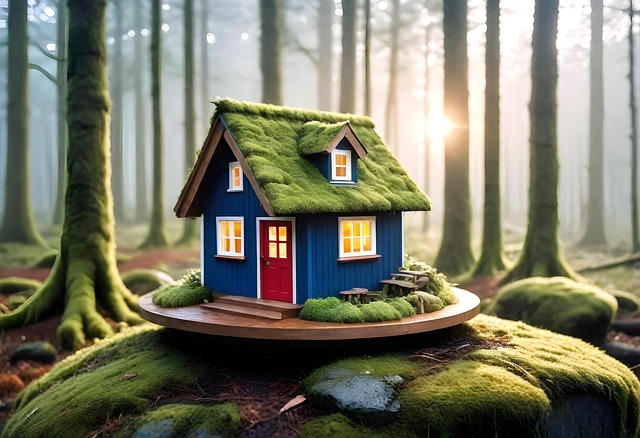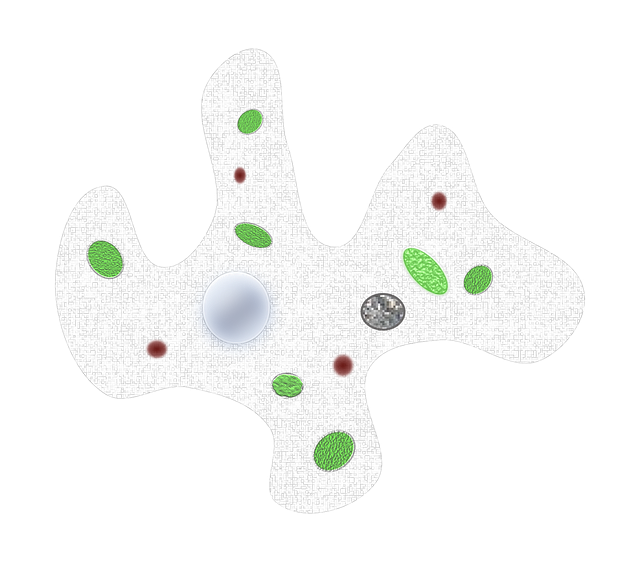In recent years, a significant shift towards minimalist living has influenced the real estate market. Individuals are embracing downsizing and simplicity, prompting developers to create compact, thoughtfully designed homes with functional, natural light-filled open concepts. Minimalism appeals due to sustainability awareness, reduced maintenance, and enhanced mental well-being. Downsizing offers financial relief, less clutter, and environments promoting relaxation and mindfulness, aligning with a growing preference for efficient, curated living spaces. By decluttering, adopting open layouts, incorporating natural elements, and ensuring functional purposes, individuals can transform their homes into serene oases.
In today’s fast-paced world, many are embracing a shift towards minimalist lifestyles and downsizing as a means to simplify and enrich their lives. This trend is not just a passing fad but a growing real estate phenomenon, as people seek smaller, more intentional living spaces. The appeal extends beyond square footage; it’s about reclaiming time, reducing clutter, and fostering deeper connections. This article explores the rise of minimalist living in the context of real estate, delves into its benefits, and offers practical strategies for creating a simple yet fulfilling home environment.
The Rise of Minimalist Living: A New Real Estate Trend

In recent years, there’s been a significant shift in lifestyle preferences, driving a new trend within the real estate market: minimalist living. As folks embrace downsizing and simplicity, they’re seeking spaces that align with their streamlined philosophies. This movement isn’t just about reducing possessions; it’s about reclaiming time and energy by eliminating excess and focusing on what truly matters.
The appeal of minimalist living extends beyond personal choices, influencing real estate trends. Developers are responding to this demand by creating compact, thoughtfully designed homes that prioritize functionality, natural light, and open-concept layouts. This evolution in real estate reflects a growing awareness of sustainability, reduced maintenance, and the potential for enhanced mental well-being through simplified living environments.
Benefits of Downsizing: More Than Just Space

Downsizing isn’t just about trading in a large home for a smaller one; it’s a lifestyle shift that can bring numerous benefits beyond mere space savings. In today’s fast-paced world, many individuals are reevaluating their relationships with possessions and embracing minimalism as a way to simplify their lives. One of the key advantages is financial relief; smaller homes generally come with lower maintenance costs, reduced utility bills, and a more manageable mortgage or rent. This frees up disposable income that can be allocated to experiences rather than material goods.
Moreover, downsizing promotes a sense of freedom and reduces clutter, fostering an environment that encourages relaxation and mindfulness. With less space to fill, individuals often find themselves surrounded by intentional choices—a carefully curated selection of belongings that hold true value. This shift aligns perfectly with the current trend in real estate towards smaller, more efficient living spaces, catering to those who prioritize a simpler, more fulfilling way of life.
Creating a Simple Life: Strategies for a Minimalist Home

In today’s fast-paced world, many are seeking a simpler, more mindful way of life—one that extends beyond the confines of physical spaces. Downsizing and embracing a minimalist lifestyle can be a transformative journey, starting with your home. By adopting strategies that promote simplicity, you can create an environment that is both serene and functional. One of the first steps is to declutter, letting go of items that no longer serve a purpose or bring joy. This process involves sifting through possessions, donating, selling, or recycling what is no longer needed, resulting in a cleaner, more organized space.
Real Estate doesn’t have to be about accumulating square footage; it can be about creating a haven that fosters a sense of calm and reduces mental clutter. Consider open-concept layouts that promote a seamless flow between spaces, encouraging a more relaxed and connected lifestyle. Incorporate natural elements like plants and ample lighting to enhance the ambiance. A minimalist home is not just about aesthetics but also functionality—every item should have a purpose, contributing to a streamlined and efficient living environment.






